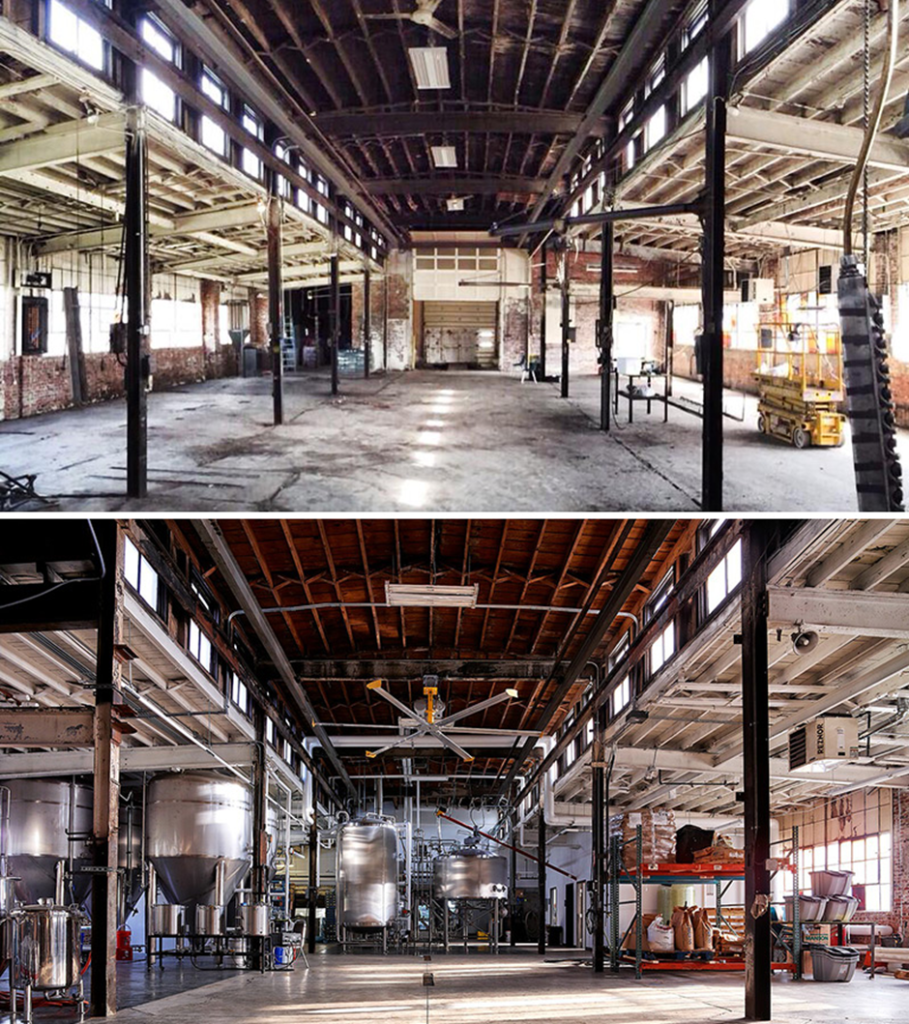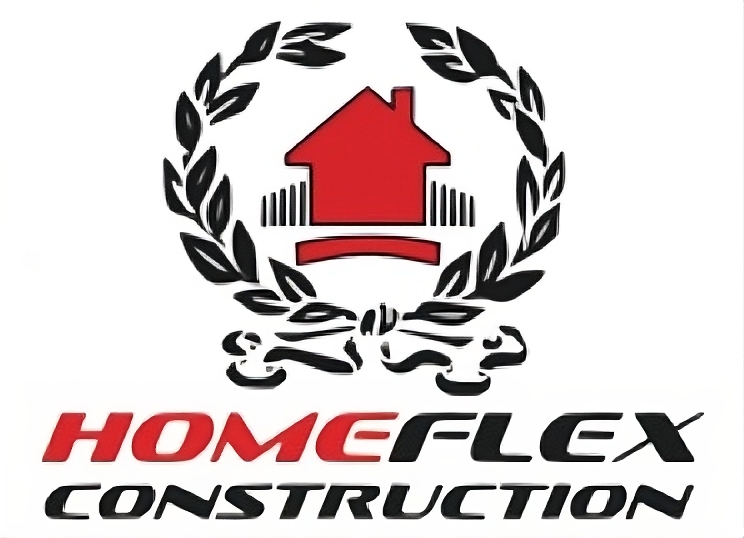
Introduction:
Urbanization is rapidly transforming our world, with more people than ever flocking to cities in search of opportunities and a vibrant lifestyle. However, this influx presents challenges, particularly in housing. To tackle these challenges, innovators are pioneering new approaches to housing that promise to revolutionize urban living. In this blog, we delve into the future of urban housing, exploring innovative solutions that are reshaping the way we live in cities.
1. Vertical Gardens and Green Spaces:

In dense urban environments, green spaces are often scarce. However, innovative housing solutions are integrating vertical gardens and green roofs into buildings, bringing nature back into the city. These green spaces not only enhance aesthetics but also improve air quality, reduce energy consumption, and promote biodiversity.
2. Modular and Prefabricated Housing:

Modular and prefabricated housing is gaining popularity as a cost-effective and efficient solution to urban housing challenges. These customizable units are manufactured off-site and assembled on location, significantly reducing construction time and waste. Moreover, modular housing allows for flexibility in design, making it suitable for diverse urban landscapes.
3. Micro-Apartments and Co-Living Spaces:

With urban populations on the rise, space is at a premium. Micro-apartments and co-living spaces offer compact yet functional living arrangements tailored to urban dwellers’ needs. These spaces prioritize efficiency and community, providing amenities such as shared kitchens, lounges, and recreational areas, fostering social connections in bustling cities.
4. Adaptive Reuse and Repurposing:

Adaptive reuse involves transforming existing structures, such as warehouses, factories, or office buildings, into residential spaces. This approach not only preserves architectural heritage but also revitalizes underutilized areas within cities. By repurposing existing buildings, urban planners can minimize environmental impact and create unique living environments with character.
5. Smart Homes and IoT Integration:

The integration of smart technologies into urban housing is revolutionizing the way we interact with our living spaces. Smart homes utilize Internet of Things (IoT) devices to automate and optimize functions such as lighting, heating, and security, enhancing comfort, convenience, and energy efficiency. From voice-activated assistants to remote-controlled appliances, these innovations are reshaping the urban living experience.
6. Sustainable and Net-Zero Energy Buildings:

As concerns about climate change escalate, sustainable building practices are becoming increasingly important. Innovative housing solutions prioritize energy efficiency, utilizing renewable energy sources such as solar panels and geothermal heating to minimize environmental impact. Net-zero energy buildings aim to produce as much energy as they consume, paving the way for a more sustainable urban future.
7. Floating and Amphibious Architecture:

With rising sea levels posing a threat to coastal cities, architects are exploring innovative solutions such as floating and amphibious architecture. These structures are designed to withstand flooding and sea-level rise, offering resilient housing options in vulnerable areas. From floating homes to amphibious buildings that adapt to changing water levels, these designs ensure urban resilience in the face of climate change.
Conclusion:
The future of urban living holds promise, thanks to innovative housing solutions that are reimagining the way we inhabit cities. From vertical gardens and modular housing to smart homes and sustainable buildings, these advancements are addressing the challenges of urbanization while creating vibrant, liveable communities. By embracing innovation and sustainability, we can shape a future where cities are not only places to live but also thriving hubs of creativity, diversity, and opportunity.
In conclusion, the future of urban living is bright, with innovative housing solutions paving the way for sustainable, resilient cities. By prioritizing efficiency, sustainability, and community, we can create vibrant urban environments that enhance the quality of life for all residents. From green roofs to smart homes, the possibilities are endless for reshaping the way we live in cities.

